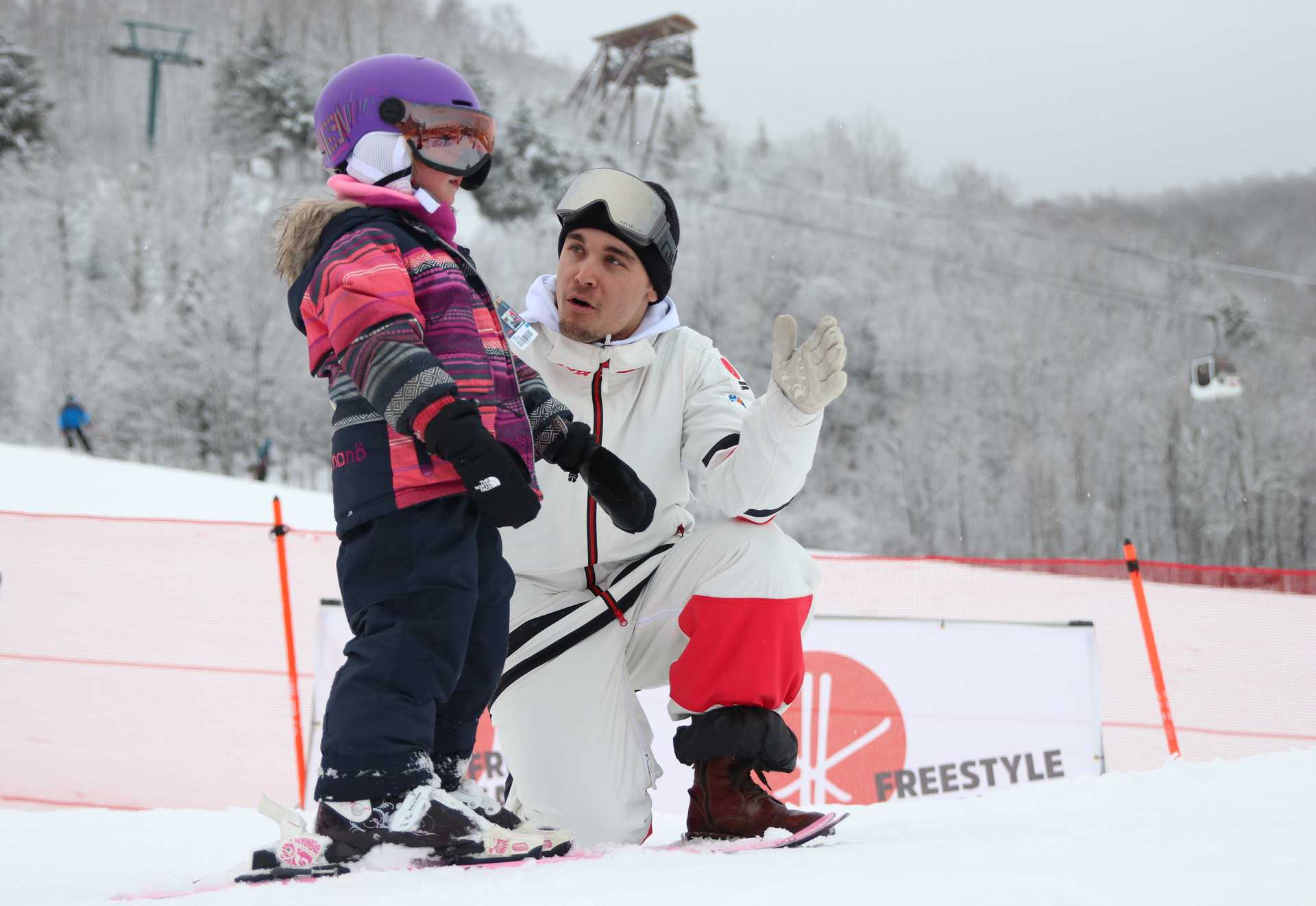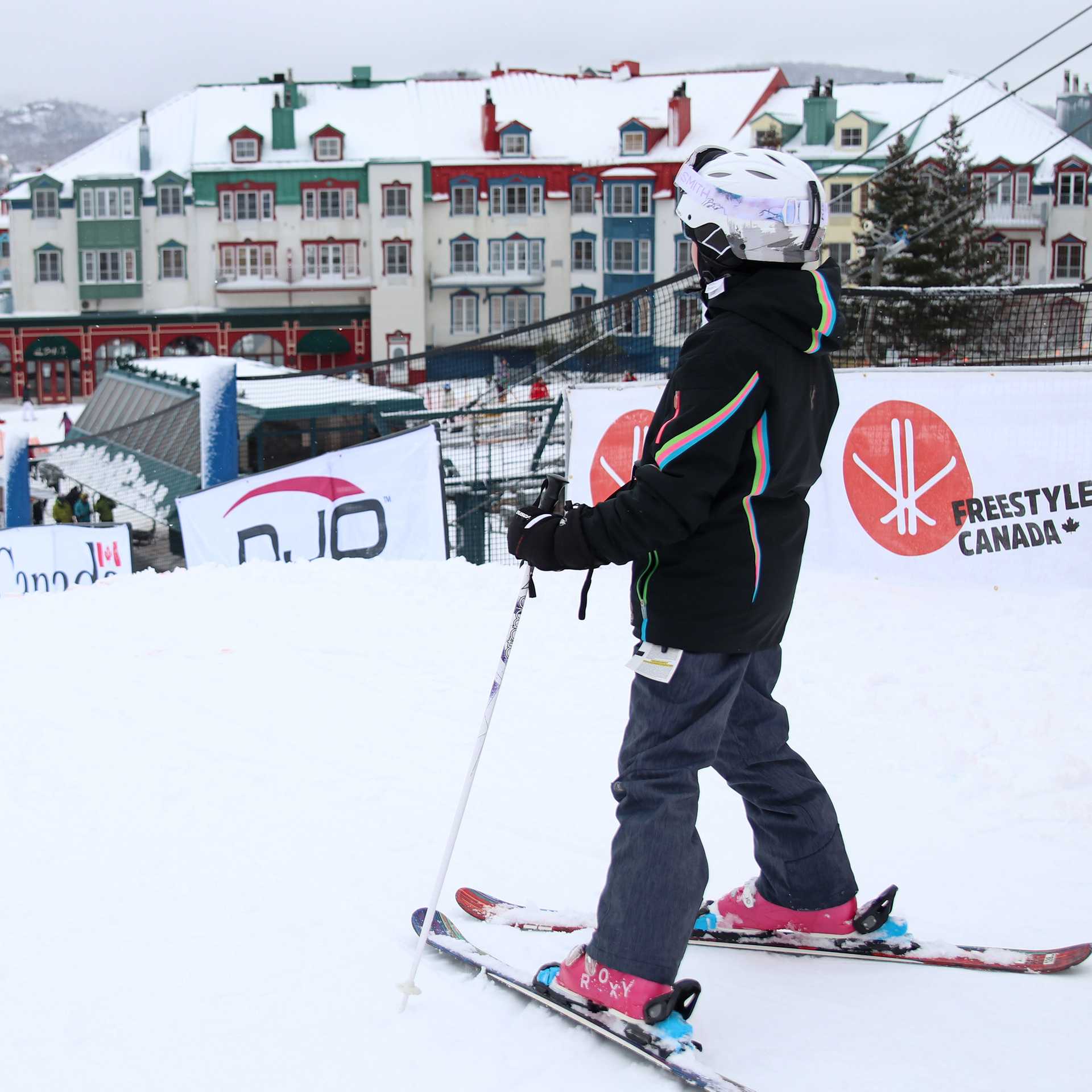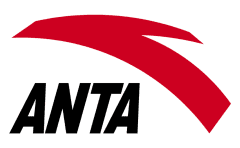Goals
- The fundamental skiing and acrobatic skills have to be consolidated before entering the Train to Train stage.
- This is the most important stage to ensure the physical literacy is being mastered.
- Take into account individuals’ variations in physical, psychological, cognitive, emotional, and moral development.
- The early over-specialization in freestyle skiing and mostly in one discipline of the freestyle skiing needs to be avoid.
- Freestyle skiers are still being expose to all the disciplines of freestyle skiing in training and in the different events to maximize their development.
Key points
- Girls: 8-11 years old / Boys: 9-12 years old
- At the end of the stage, participants may choose to progress towards becoming more competitive in the Train to Train stage.
- The emphasis should be on basic development through training since the brain and the body are at their primed time for skill acquisition.
- If athletes miss the Learning to Train stage of development by focusing mainly on competition, they will fail to reach their full potential.
- Like mention in the previous stages, research demonstrates that without the development of the fundamental movement skills, many children and youth choose to drop out of sports participation

Athlete Skills
Children should be doing 180 minutes of activity per day, with 60 of those minutes spent completing some vigorous physical activity.
At this stage, the technical goal for the freestyle skier is to consolidate the fundamental acrobatic and skiing skills for all the discipline to be as complete as possible to have a strong physical literacy. This development will still be happening in structured and unstructured environments.
Physical
- Structured conditioning program can be introduced in a fun way 30 minutes 2 times per week.
- Work with the skiers on:
- Speed and quickness
- Balance:
- Active stance and balance using all joints effectively in a variety of planes of movement
- Flexibility and range of movement
- Agility and coordination:
- Lateral hops, foot drills, latter, small hurdles
- Basic strength using bodyweight, medicine ball, swiss ball, tubing and elastics
- Squatting movement – Bodyweight double leg squat increasing the range of motion.
- Lunging movement -Starting with simple forward lunges onto one leg
- Pushing actions - Push against the wall and floor
- Pulling actions - Pulling yourself up and performing a chin up.
- Carrying movements – Carrying items from one place to another with the weight close the body,
- Postural control and core strength
- General aerobic fitness training (aerobic capacity)
- Include functional movement in the warm-ups to prepare for the activity.
Ski
At this stage, we still want the freestyle skier to be able to develop the fundamental skills for all the discipline to be polyvalent, agile and able to adapt to different context. The most important thing is to develop the skiing skills before developing the more discipline specific skiing skills.
The primary focus is still to develop solid technical skill execution in all structured and unstructured environments at varying speeds.
- Skiing skills:
- Maintain a solid, balanced, dynamic and athletic body position on skis.
- Mogul stance and parallel skis through the turns.
- Expand on proper edging mechanic
- Keep working on carving technique into long turns and gates.
- Introduce range of motion and turn timing on backside of the rollers/moguls.
- Center balanced position and correct alignment through range of motion in rollers.
- Pole plant occur in initiation of the turn.
- Able to ski a mogul course top to bottom (no jump).
- Weight pressure into pump track.
- Ski the line in the pipe.
- Switch skiing:
- Look downhill, over the shoulder outside the turn.
- Use weight transfer and hip mobility while maintaining a mobile balanced position.
- Features girls:
- Exit the rail forward and switch
- All 8 ways on the box
- Initiation to scissor on rails
- Surface switch up on box
- Features boys:
- All 8 ways on the rails
- Can do 2 out of 4 – 270 exits off the box
Acrobatics
This is a critical stage to develop the rotational and inverted awareness.
- Floor skills:
- Focus on the body tightness of the athletes. Athlete needs to be able to control their body from head to toes.
- Work on:
- Perfecting the rolls in all directions
- Handstand (Handstand roll, roll to handstand)
- Cartwheel and progression towards misty and cork
- Trampoline:
- Keep in mind that the trampoline is a tool to develop the complete acrobatics literacy and not only to practice the jumps that the athletes are doing on snow.
- Great occasion to perfect the basic movement and the athlete awareness of his/her body and the spatial awareness.
- A lot of numbers can be done on trampoline compare to water ramp/air bag and snow.
- Bring the athlete out of their comfort zone since this is a close environment.
- Work on:
- Cradles, Cruises, Porpoise, Pull over
- Progression towards front (t,p), Barani, Misty 5
- Lincoln, progression for Cork 7
- Back drop and progression towards back (top,l)
- Progression steps for back full
- Routines
- Water ramps/Air bag:
- Keep the focus on the proper stance in the in-run
- Focus on the body position and the extension on the take off
- Ask for tightness in the air and body awareness.
- Put emphasis on the landing technic.
- Work on:
- Up-right jumps in a wide variety of positions/grabs
- Girls:
- Double up-right jumps with precision
- Triple up-right jumps
- 180° and 360° both directions
- *Front and back tuck
- Boys:
- Double up-right jumps and triple up-right jumps
- 360° both directions
- 720˚
- Front Tuck
- *Back tuck
- On snow medium (the size of the jump has to be adapted to the athlete)
- Keep the focus on the confidant stance in the in-run and body position.
- Extension on the take off and popping.
- Ask for tightness in the air and body awareness.
- Increase the air amplitude.
- Put emphasis on strong and controlled landing.
- Work on:
- Up-right jumps in a wide variety of positions /grabs
- Straight jumps with some moguls before and after the jump.
- Girls:
- Double up-right with precision
- Triple up-right jumps
- 180° both directions and switch 180° both directions
- 360°
- Boys:
- Triple up-right jumps
- 180° 4 ways
- 360° both directions with gras and switch 360° both directions
- 540° and switch 540°
- Front tuck
- On snow quarter-pipe/halfpipe:
- Girls:
- 180° 2 ways ad 360° with grabs
- Flare
- Boys:
- 180°, 360° and 540° 2 ways with grabs
- Alleyoop
- Flare
- Girls:
- *Work pumping skills with bmx or in-line skates in a skate park pump track.
Tactical
- Introduction to the snow conditions management.
- Line and flow tactics.
- Learn how to get prepared and ready for competitions.
- Encourage creativity.
Psychological
- Learn how to accept mistakes and setbacks as learning opportunities.
- Celebrate success resulting from the work ethic.
- Encourage effort, responsibility, fun, play, teamwork and respect for others.
- Basic principles of goal setting.
- Young skiers still require concrete examples.
- Their capacity to concentrate increases to approximately 10 minutes at a time.
- Social confidence.
- Developing tools to deal with fear and mental toughness.
- Introduce imagery.
Training Structure
- Get involved in the Freestylerz program of a freestyle ski club.
- Ensure environment promotes and supports fun and friendship.
- Skiing with parents as often as possible.
- Freestyle ski activities recommendations, aim for:
- Ski 40 + days per year.
- Trampoline 100 to 120 hours per year.
- About 250 jumps on the water ramp.
- Other structured and unstructured sports and activities.
Example of the programming for this stage:
- December to March:
- Ski 1-2 days/week with the ski club
- Trampoline 2h/ week organized by the ski club or a gymnastic club
- April:
- Ski with parents in unstructured environment
- Do other activities
- May and June:
- Trampoline 2x 2h/week organized by the ski club or a gymnastic club
- July & August:
- Water ramp 2 days/week
- Trampoline 2h/week
- September:
- Do other activities
- October and November:
- Trampoline 2x 2h/week organized by the ski club or a gymnastic club
Coaches
- Coaches need the start taking those following coaches’ courses:
- Skiing skills
- Moguls skills
- Park & Pipe
- Air 1 & 2 (if you are coaching trampoline)
- Basic Mental Skills
- Nutrition
- Design a Basic Sport Program
- When setting drill courses, set multiple environments on one trail to maximize the run.
Terrains
Events & Competitions
*Freestylerz Festival information.
- The recommended training to competition ratio is 90% to 10%.
- At the beginning of this stage, participate in 1 or 2 Freestylerz Festival.
- By the end of this stage, participate in 2 or 3 formal regional competitions, with emphasis on opportunities to try different events.
- Introduce competition through fun, fair play, skill based and inexpensive (local) events.
- Changing training venues to add variation and fun!
Judges and officials
- For the Freestylerz Festival, judges are not required, but they are more than welcome to be evaluators for a station.
- Coaches will serve as evaluators for the Freestylerz Festival.
- For the regional event, judges will need a license E and D.
- Officials are trained at the provincial level.
- They have their official level 1 to 3 for the provincial events.
- Provincial events are organized by local clubs and supported by the PSO.
- Regional events are organized by local clubs and supported by the regional association and/or by the PSO.
Other Influences
To come






